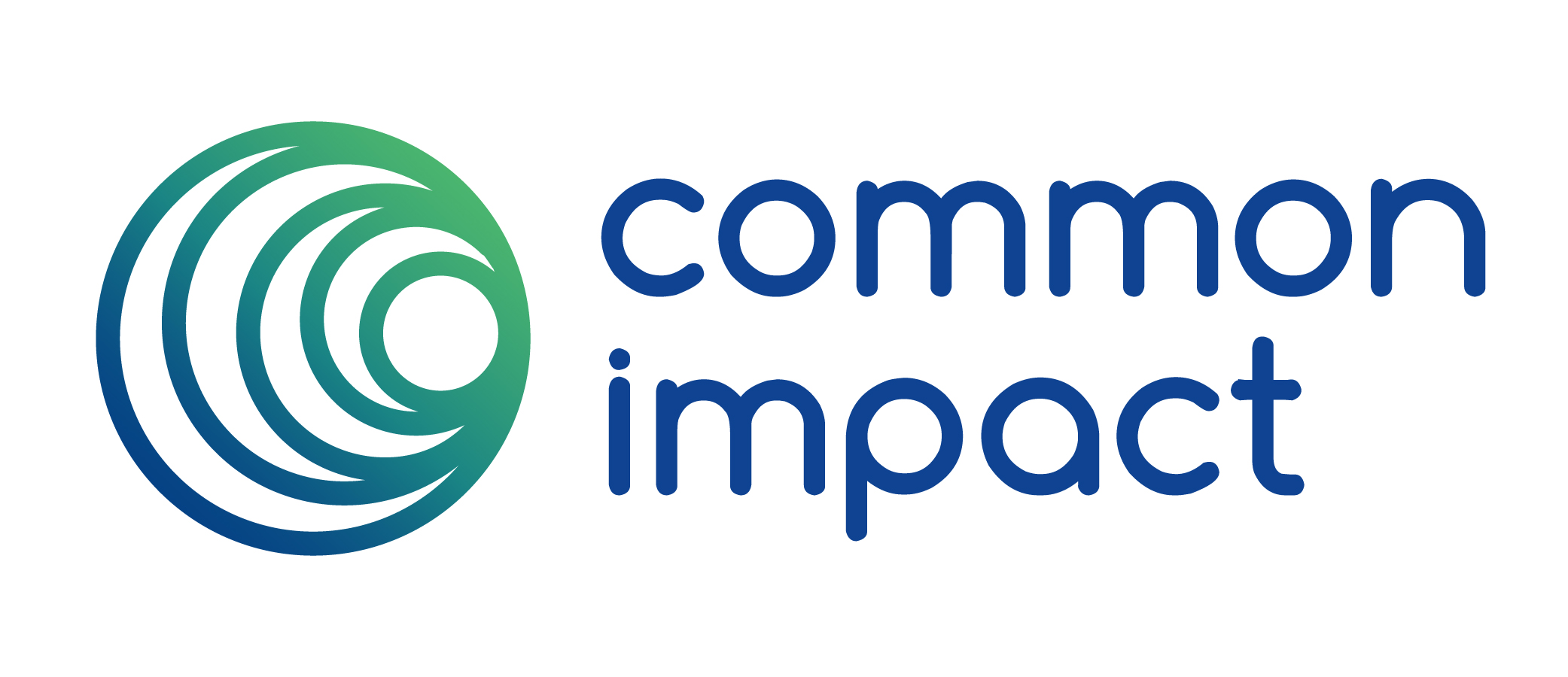Impact at Work: Communities in Schools San Antonio Project Spotlight

Impact at Work: Communities in Schools San Antonio Project Spotlight
By Marjie Bland, Common Impact
Common Impact has partnered with JPMorgan Chase since 2014 on the Virtual Service Corps (VSC), a skills-based volunteering program where employees utilize their talents and expertise virtually to support JPMorgan Chase’s nonprofit grantees in building capacity to serve the community.
Recently, a team of JPMorgan Chase technologists supported Communities In Schools of San Antonio (CIS-SA), a San Antonio-based nonprofit dedicated to keeping kids in school and helping them succeed in life. The JPMorgan Chase volunteers worked with CIS-SA to assess their technology infrastructure and create a set of recommendations for improvements.
Melissa Kazen, Executive Vice President of CIS-SA, shares her take on this project and how it has informed the organization’s future planning.
Why does this project matter? Specifically, why was the assessment piece a high priority for your organization?
We’ve had a lot of growth – from 5 sites when we started to 99 currently. As we grew, many resources were spent on serving more students through our programs, but not much on building our internal capacity. Even after such rapid growth, we still remained an IT department of 1. Because of the small size, our IT department was often reactive to the work that came up. As an organization, we didn’t have the expertise on hand to be able to put much thought into the future of our technology infrastructure. We needed some external evaluation to either validate our current processes or raise the alarms.
The JPMorgan Chase volunteers supported us in highlighting our gaps and developing an actionable roadmap for our IT structure. They broke the project down to separate components and reported out on their findings along the way. The team also really empathized with our nonprofit realities and our budget constraints. They focused on small work streams with minimal cost dependencies and changes in culture for the organization that would achieve the intended results in the roadmap.
Can you tell us more about your process for understanding how to take a step back and realize that an assessment was critical before diving into implementation?
The assessment process is part of our DNA and mindset on how we serve our clients. For our students, we identify where they are struggling, asking: is it attendance, behavior, academics? We also assess our school partners, identifying what resources the school already has, what assets are in the community, and how can we bridge any gaps. As we’ve grown as an organization we brought that mentality back to our internal infrastructure and applied it on a bigger scale. We can assume that IT should look a certain way, but unless we complete that initial assessment piece, we don’t have a full picture.
We also had to recognize our own budget constraints and look outside our walls for the needed external expertise. Sometimes it can be a board member, existing volunteers, or capacity building grants. You can’t always hire that expertise, so you have to be creative and think about the other resources available to you.
How has this project impacted your organization? Have you identified how this will improve your IT infrastructure in the future?
The resources the volunteer team provided for us were very clear and easy to understand. Almost immediately after the project, we convened our whole staff and reviewed the findings. We also sent instructions to staff with some of the simple solutions outlined in the roadmap from our volunteers to instruct them on how to better secure their data.
While it will take a while to train the entire staff on these processes, we know it’s going to make a tremendous impact. In the short term, this project has fundamentally changed the way we handle basic security with our data. The team also helped us identify how to get to that next level and to budget and plan to move our all of our data online to the cloud. In the long-term, we will continue to keep data security in mind, and entrenched in our culture. We have realized that one data breach could have a significant negative impact on our work, and this simple investment of our time can mitigate a significant amount of that risk.
_____________
Interested in learning more about the impact of our work? Join us next week at the Sustainable Brands conference in Detroit! Click here to register and email us at info@commonimpact.org for our partner discount codes!

